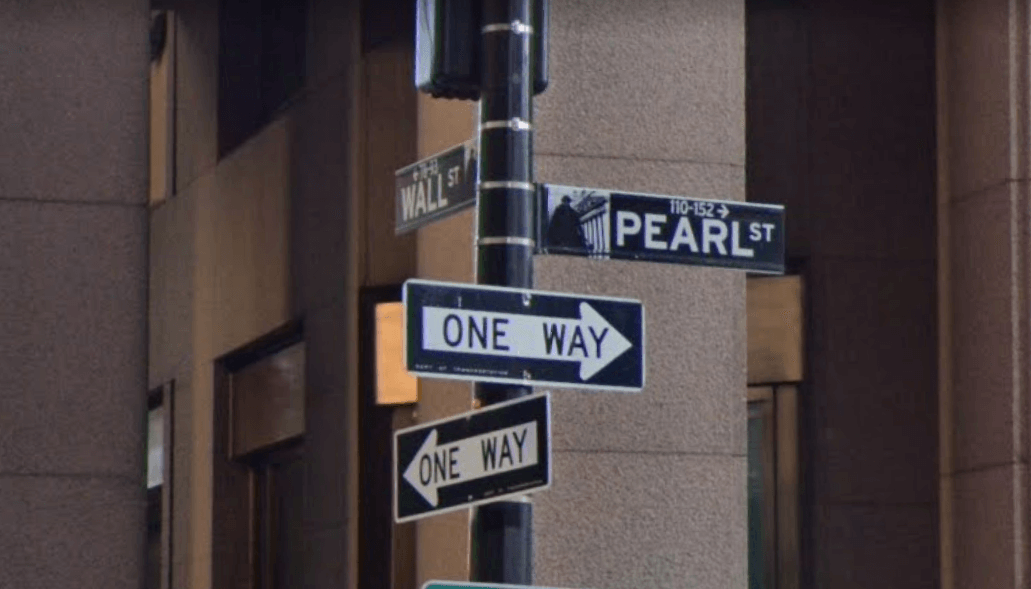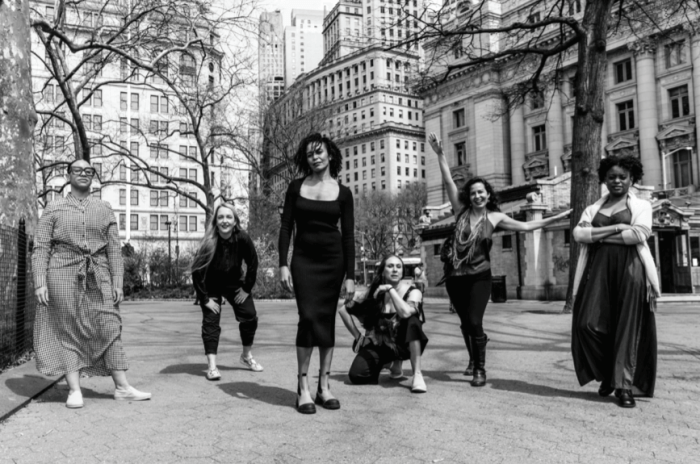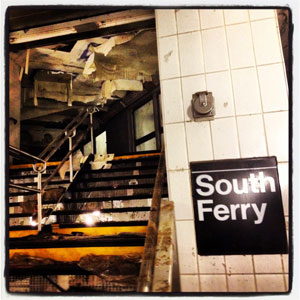The layers of history run deep through Lower Manhattan. This Black History Month the Downtown Alliance will be looking at those places in our neighborhood that illuminate the stories of the African diaspora in New York. Kamau Ware, founder of the Black Gotham Experience, has authored a series of pieces to help show us exactly what ground we stand upon.
Every great city has an interesting origin story, yet most people still do not know that New York City was born out of the English Slave Trade in 1664. On November 30, 1711, the Common Council of New York City established a slave market at the corner of Pearl Street and Wall Street to regulate the selling of Black bodies.
A commemorative plaque was placed on the corner of Water Street and Wall Street in 2015 to acknowledge this history, but the actual site of the market is one block west. When standing at the location of the market, the contours of the eastern edge of the island are visible. Pearl Street is not a straight line but one that curves, bending the urban landscape to a forgotten rhythm where the river once met the shore. Ships that docked along Pearl Street during the time of English control of the island would have carried provisions to the West Indies, where sugar plantations made white gold with enslaved labor.
The enslaved who also arrived on these same docks were a vital yet captive workforce that kept the rotation of goods and commerce flowing from New York farms to sugar plantations. Enslaved labor even built the palisades that comprised the wall that defines the street’s name today when the territory was under Dutch control from 1624 to 1664. New York, named after James Stuart, Duke of York, was envisioned as a commercial port for the royal brother’s slave trading interest. Similar to the shoreline that once sent waves against Pearl Street, the connection between New York City and slavery is visible and actively impacting the landscape of the city today if you know where you stand.
Submitted by the Downtown Alliance




































